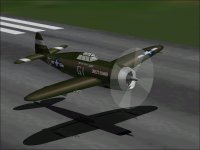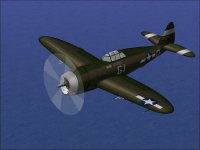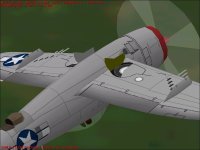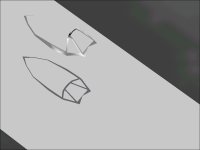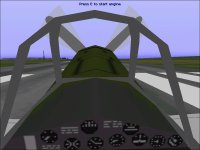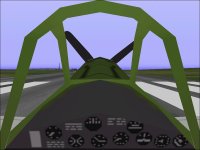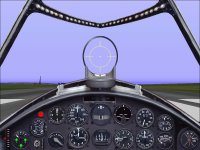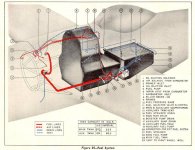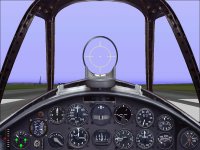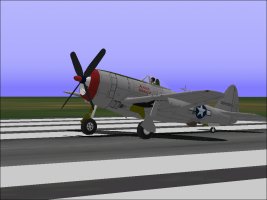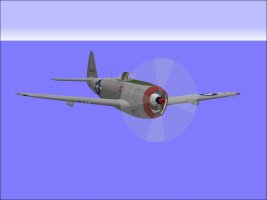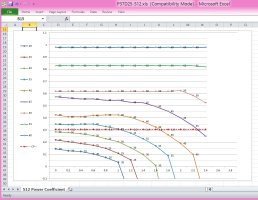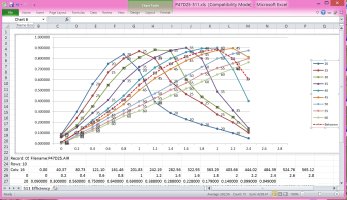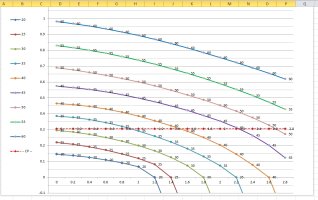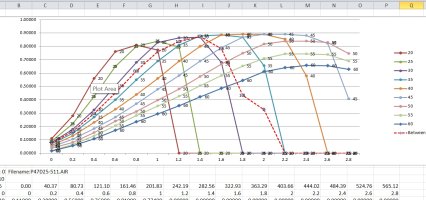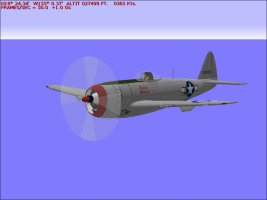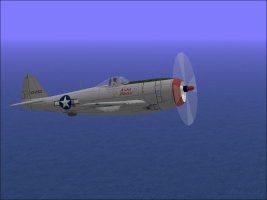Weapons Loads
With the default weapons loads, the Gross Weight of the P-47D-23 for CFS would be 13,497 pounds which is about 85 pounds below the gross weight of the actual aircraft. The difference is accounted for by partial loads of Engine Oil and Anti-Detonant which would be consumed during the flight but are not accounted for in the disposable loads.
With full ammunition, bombs, and rockets, the maximum take-off weight of 17,400 pounds may be exceeded by around 500 pounds.
At maximum take-off weight, the island airstrip that is typically used for testing gets to be a bit short even with flaps and emergency power.
Screenshot shows a low pass by the aircraft currently being used for testing.
- Ivan.
With the default weapons loads, the Gross Weight of the P-47D-23 for CFS would be 13,497 pounds which is about 85 pounds below the gross weight of the actual aircraft. The difference is accounted for by partial loads of Engine Oil and Anti-Detonant which would be consumed during the flight but are not accounted for in the disposable loads.
With full ammunition, bombs, and rockets, the maximum take-off weight of 17,400 pounds may be exceeded by around 500 pounds.
At maximum take-off weight, the island airstrip that is typically used for testing gets to be a bit short even with flaps and emergency power.
Screenshot shows a low pass by the aircraft currently being used for testing.
- Ivan.

